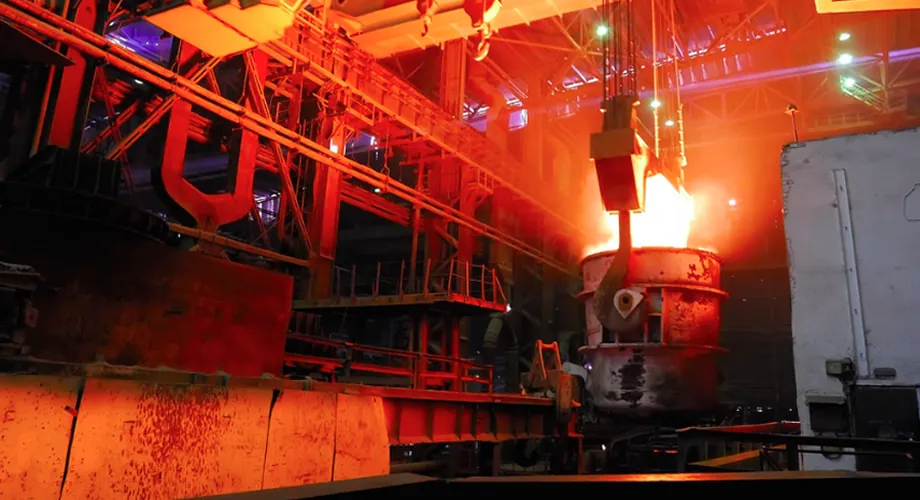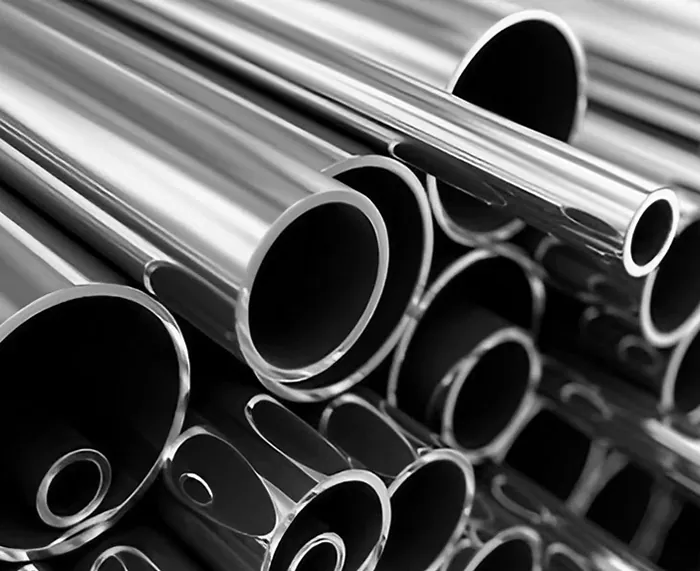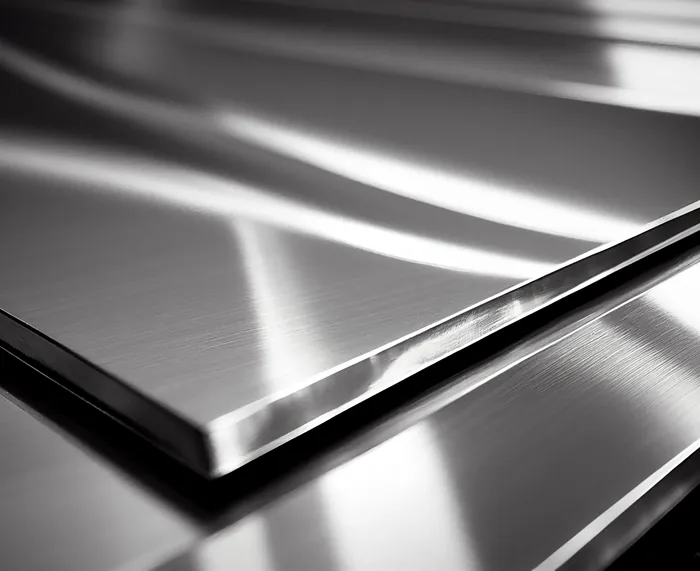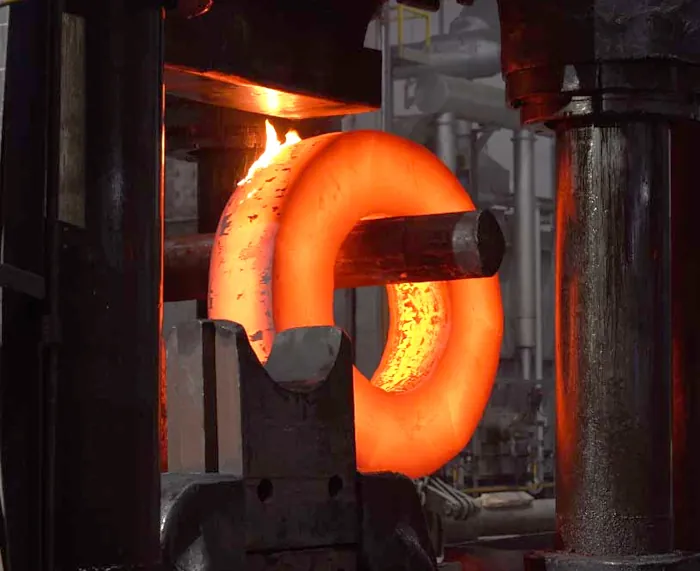How Casting Simulation Improves Metal Casting Quality
Author: SAIVS Date Published: Dec 19,2023
Casting is a manufacturing process in which molten metal is poured into a mold and allowed to solidify.
It is a versatile process that can be used to produce a wide variety of metal parts, including complex shapes,
with high dimensional accuracy and surface finish.
Casting simulation is a computer-based tool that can be used to predict the behavior of molten metal during the casting process.
It can be used to simulate a variety of factors, including mold filling, solidification, heat transfer, and mechanical properties.
I. Application of Casting Simulation:
Casting simulation finds applications in various stages of the metal casting process, including:
Mold design and optimization:
Casting simulation helps engineers design and optimize molds by predicting the flow behavior of molten metal,
identifying potential defects, and optimizing gating and riser systems.
Process optimization:
By simulating different process parameters such as pouring temperature, mold preheating, and cooling rates,
casting simulation enables engineers to optimize the casting process for improved efficiency and reduced defects.
Defect prediction and prevention:
Casting simulation allows engineers to identify potential defects such as shrinkage, porosity, and hot spots,
enabling them to modify the process parameters or mold design to prevent these defects.
II. Benefits of Casting Simulation in Metal Casting Processes:
The use of casting simulation offers several key benefits in metal casting processes:
A. Improved Casting quality: Casting simulation allows for a detailed analysis of the entire casting process,
leading to enhanced product quality by identifying and mitigating potential defects.
B. Cost Reduction: By simulating the casting process, manufacturers can optimize parameters and reduce
material and energy consumption, ultimately lowering production costs.
C. Time Savings: Casting simulation accelerates the product development cycle by providing
quick feedback on design changes, reducing the need for physical prototypes and iterations.
D. Enhanced Process Optimization: Simulation tools enable the fine-tuning of casting parameters,
such as mold design and cooling rates, leading to optimized manufacturing processes.

III. Popular Simulation Techniques in the Metal Casting Process:
Various simulation techniques are employed in the metal casting process, including:
Mold filling simulation:
This technique predicts the flow behavior and filling pattern of molten metal in the mold,
allowing engineers to optimize gating and riser systems for improved mold filling and reduced defects.
Heat treatment simulation:
By simulating the heat treatment process, engineers can optimize the heat treatment
parameters to achieve desired material properties and reduce distortion.
Mechanical property simulation:
This technique enables engineers to predict the mechanical properties of the cast component
based on the casting process parameters, aiding in material selection and component design.
Casting defect simulation:
By simulating the casting process, engineers can identify potential defects such as shrinkage,
porosity, and hot spots, and make necessary modifications to prevent these defects.
Computational Fluid Dynamics (CFD):
CFD simulations are used to analyze and optimize the fluid flow and heat transfer phenomena
during the casting process, ensuring efficient mold filling and proper cooling.
Conclusion:
Casting simulation plays a crucial role in the metal casting industry by providing engineers and manufacturers
with valuable insights into the casting process. By utilizing advanced simulation techniques, engineers can optimize process parameters,
improve casting quality, prevent defects, and achieve cost and time savings. As the industry continues to advance,
casting simulation will remain an indispensable tool for enhancing the efficiency and quality of metal casting processes.
Why Choose SAIVS™ as Your Supplier?
1.Superb Quality Control Management
At SAIVS, we take pride in our perfect quality management systems and procedures, which guarantees the excellent performance of all our producs, being a professional Investment Casting | Die Casting| Sand Castingmanufacturer in China.
2.Rich Production Experience
With 20 years of experience in production, SAIVS has a deep understanding of the market and trends, and strives for continuous research and innovation. This has created advantages in both the product's performance and appearance.
3.Competitive Prices
As a Chinese factory committed to becoming the most cost-effective Investment Casting | Die Casting| Sand Castingexporter in China, SAIVS provides high-quality products at advantageous prices. By lowering costs and increasing efficiency, we ensure that our customers receive the best possible value for their investment.
4.Perfect After-sales Service
At SAIVS, we strive to provide superior customer service that meets and exceeds expectations. We are always available for any questions or concerns you may have, and we stand by our commitment to providing excellent after-sales support.
Related Posts
-

Aluminum Gravity Casting vs. Other Methods: Choosing the Right Fit for Your Needs
Aluminum gravity casting offers low cost, high precision.Learn process, applications & advantages over other casting methods.
-

Why Stainless Steel Casting Wins in Food Machinery Parts
Discover why it‘s the secret weapon for hygiene, durability & performance in food processing.
-

Why is Stainless Steel Difficult to Machine
In this article, we will explore the main reasons why stainless steel is challenging to machine, including high cutting forces and temperatures and accelerated ...
-

How To Calculate Pressure Die Casting Tonnage
Calculation FormulaThe calculation formula for the selection of die-casting machine: Die-casting machine clamping force (t) = 1.4 * casting projected area
-

Grain Structure: The Touchstone of Sheet Metal Processing Technology
This article delves into the role of grains in sheet metal processing, the unpredictability of metal sheets, and proposes optimization strategies to improve par...
-

How to improve the quality of gear forgings
How to improve the quality of gear forgings? Shanghai Zhiyuan Flange Forging Co., Ltd. pointed out that hardness is an important quality inspection index for he...

